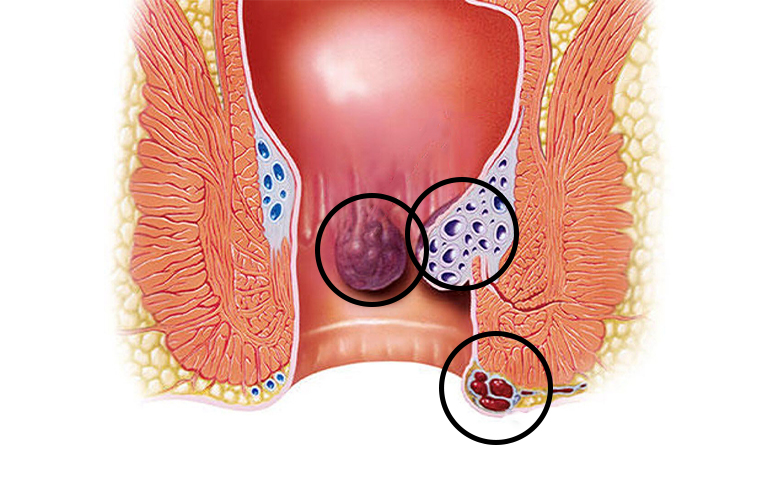
Hemorrhoids
General SurgeryHemorrhoids, or commonly known as "hemorrhoids"; The veins located in the wall at the bottom of the rectum and anus expand and protrude outside the anal canal, causing some complaints.
Hemorrhoids are divided into two as internal and external hemorrhoids, and internal hemorrhoids are evaluated in four degrees according to their degree.
What Causes Hemorrhoids?
The main cause of hemorrhoids is increased pressure or high volume blood flow in the veins in the rectal area. This situation may occur especially due to constipation, straining while going to the toilet, professions that lift heavy loads, obesity, during pregnancy, following a low-fiber diet, living a life away from exercise, or due to sexual trauma. People who stand or sit for long periods of time without changing positions are also at risk.
Therefore, constipation should be prevented. Warm sitz baths may relieve pain. Various creams and suppositories can be used in the treatment of hemorrhoids if recommended by the physician. Again, diarrhea or constipation that does not go away for a long time triggers the formation of hemorrhoids.
Hemorrhoids cause complaints such as brightly colored rectal bleeding, especially after defecation, breast formation that grows outward with defecation, and pain. Rarely, thrombosed hemorrhoids occur as a result of blood clots inside the hemorrhoids. Very severe pain occurs and one breast becomes severely swollen and bruised. They need to be treated quickly because they greatly impair the patient's quality of life.
Hemorrhoid Treatment
An appropriate treatment plan will be determined by the doctor based on how severe the symptoms are. Lifestyle changes, medical medications and surgical interventions are the methods used in hemorrhoid treatments.
Even though these methods can easily treat hemorrhoids, if the conditions that cause hemorrhoids are not changed, the likelihood of hemorrhoids recurring increases. Simple lifestyle changes can usually eliminate mild hemorrhoid complaints within 2 to 7 days. Fiber consumption will facilitate the passage of nutrients through the intestines.
Therefore, it can prevent constipation. Warm sitz baths may relieve pain. Various creams and suppositories can be used in the treatment of hemorrhoids if recommended by the physician.
For the treatment of hemorrhoids, if any, the underlying problems such as constipation or diarrhea are first eliminated and bowel functions are regulated. If the symptoms do not improve on their own, drug treatment is used. During drug treatment, different drug forms such as oral medication, suppository, cream and ointment are used.
Depending on the patient's complaints and the degree of hemorrhoids, it may be necessary to perform surgical treatment. Surgical treatment options include band ligation, sclerotherapy, hemorrhoidectomy with classical surgical methods, stapler hemorrhoidectomy or laser/radiofrequency hemorrhoidectomy operations. The choice of the most appropriate treatment is made by the joint decision of the physician and the patient.